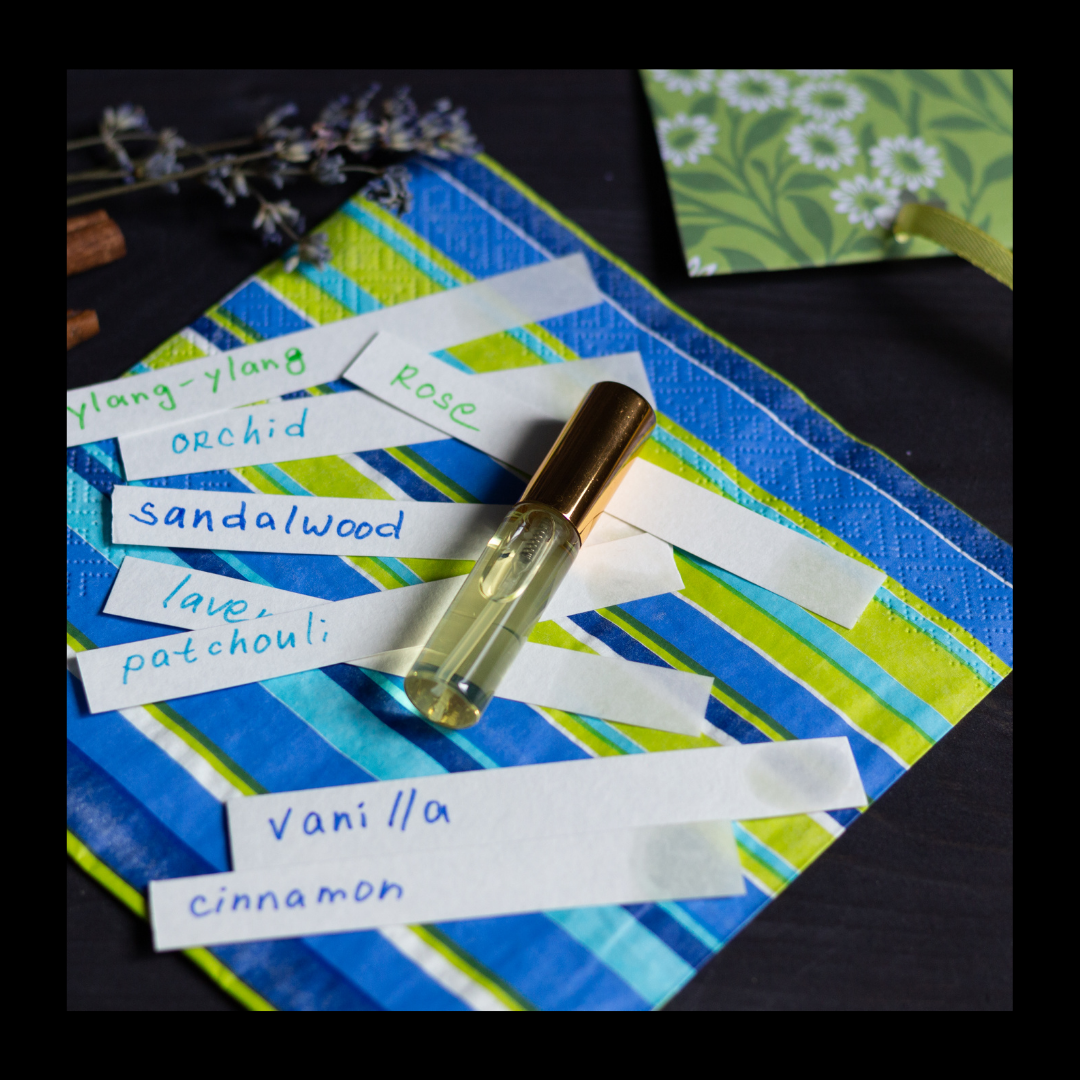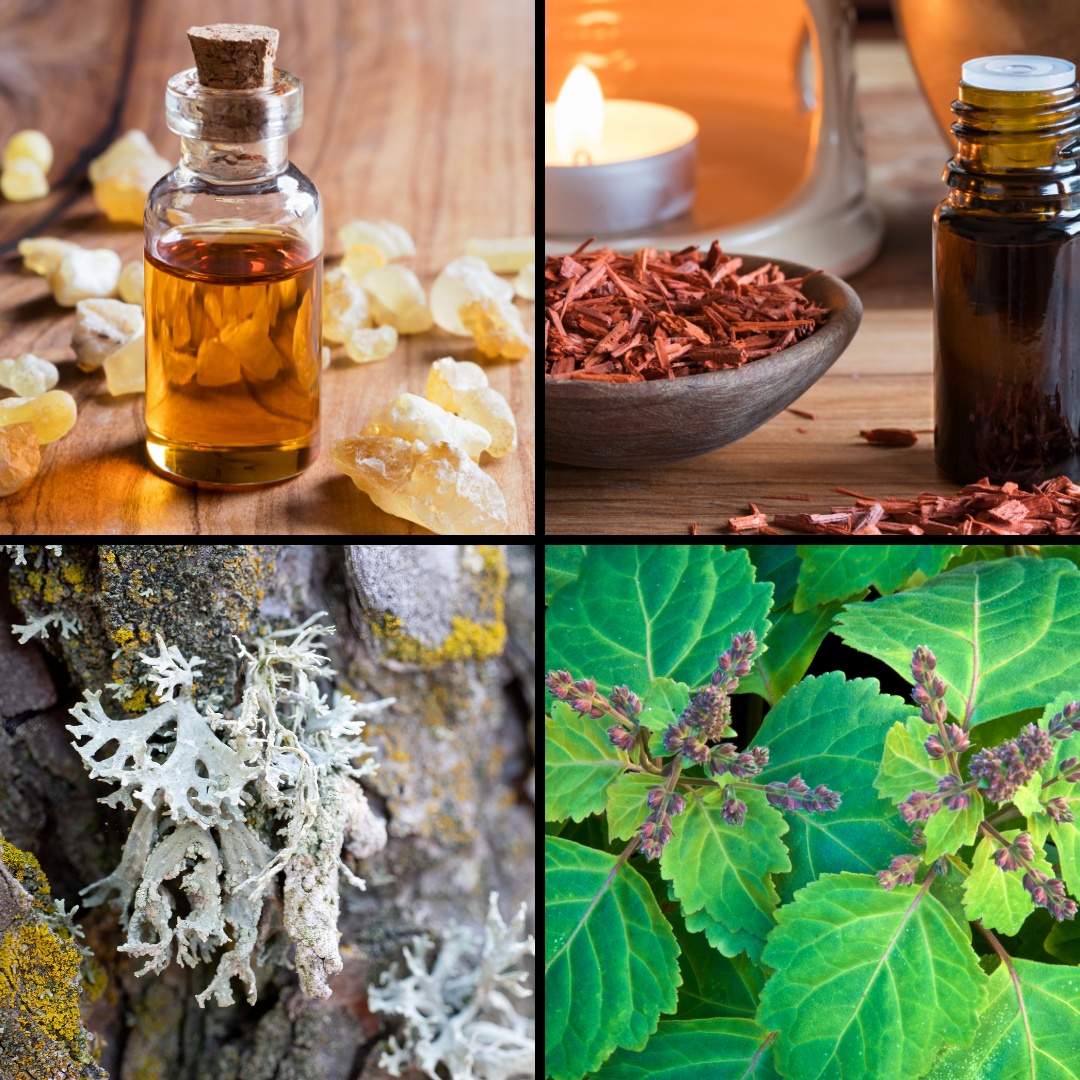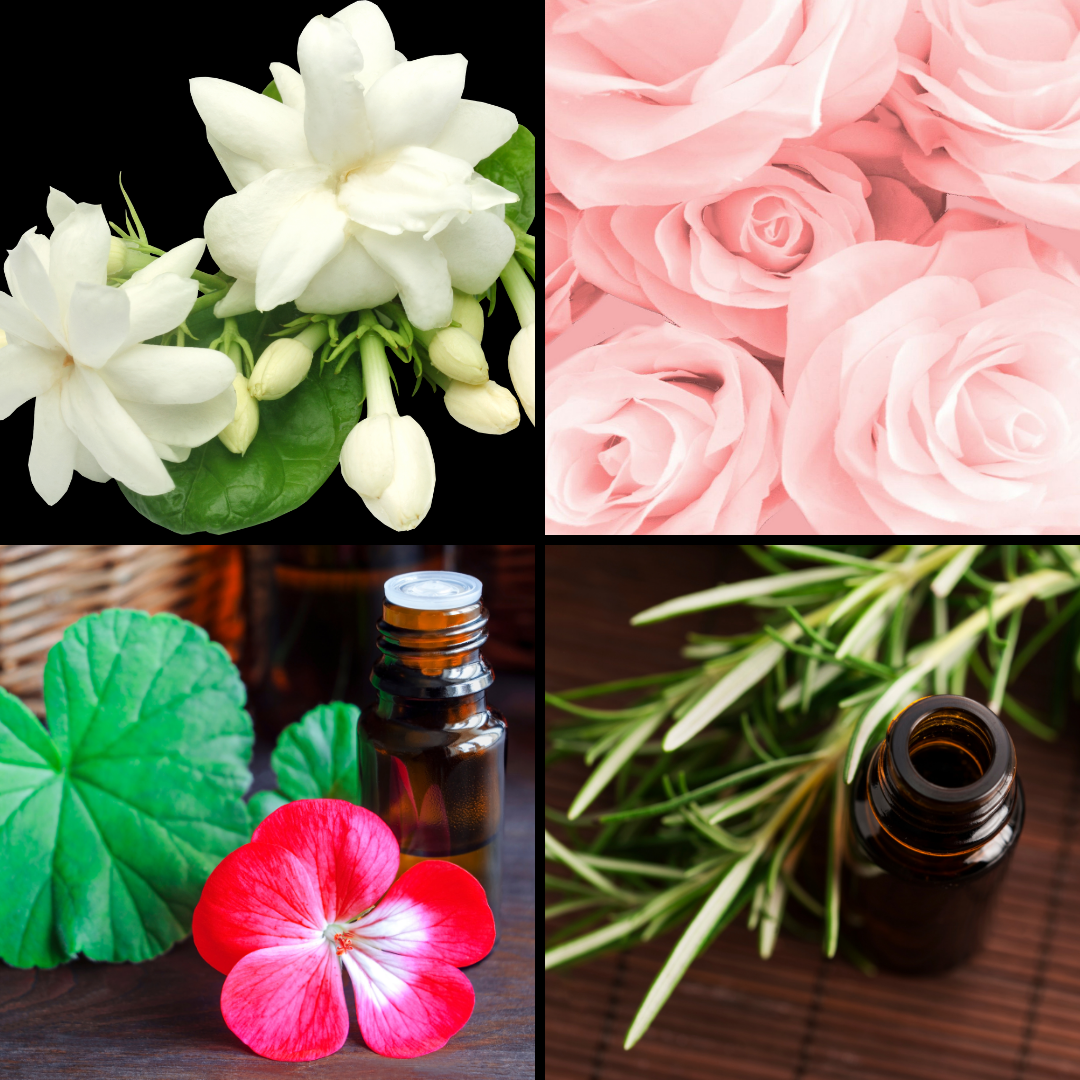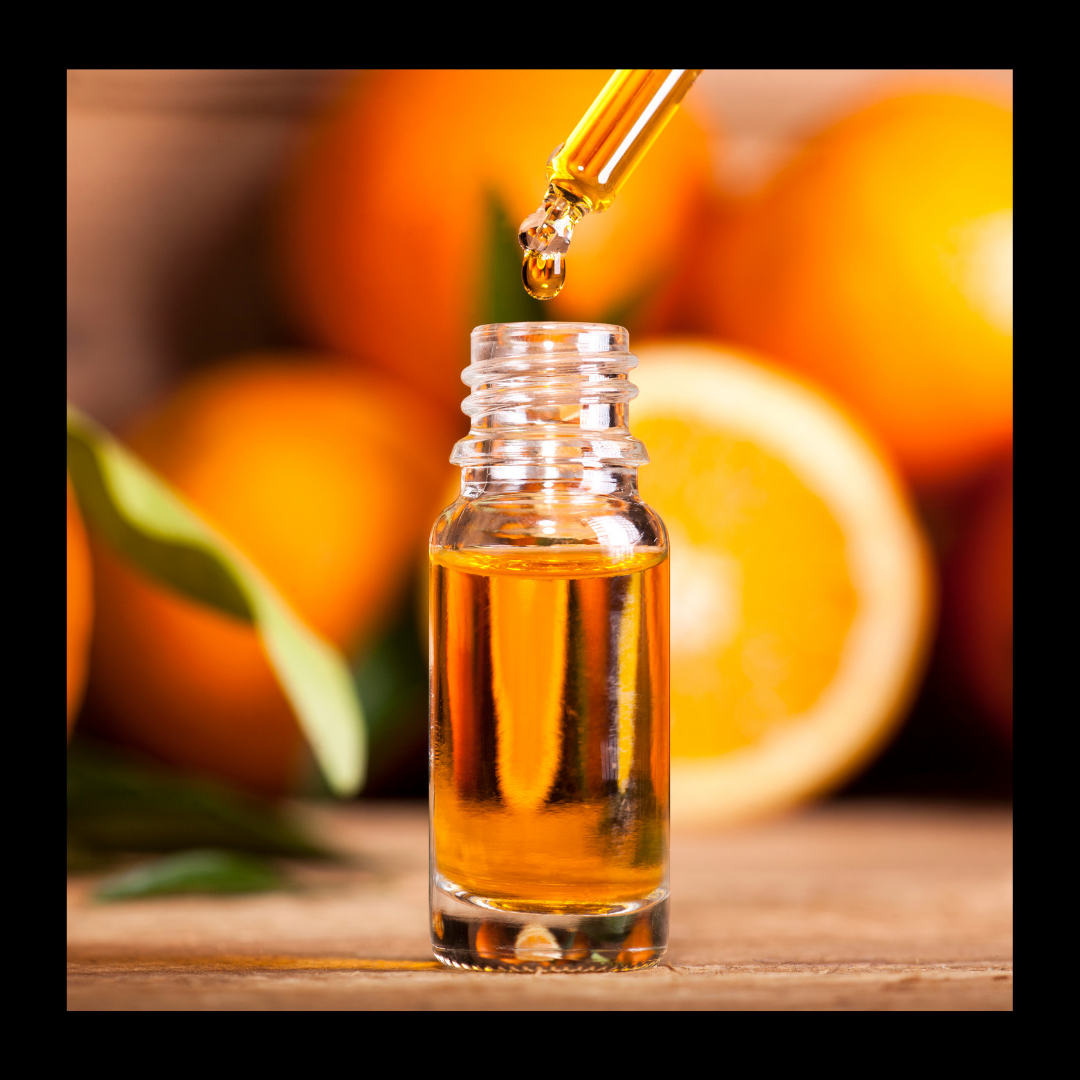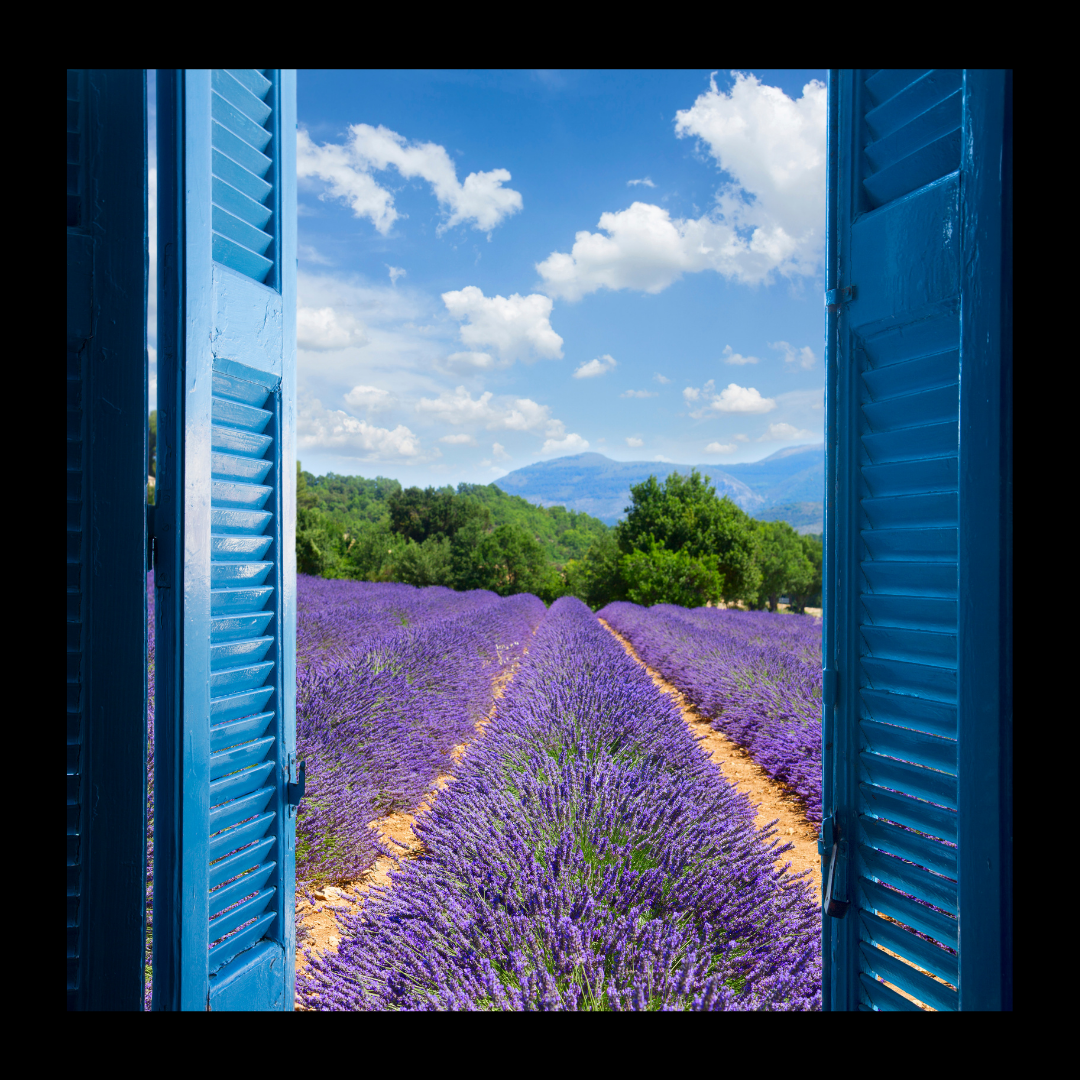BLENDING ESSENTIAL OILS BY FRAGRANCE NOTES
Making your first essential oil blend can seem complex in certain ways but much depends upon what you are making it for, and what you have to work with. Usually those who are just starting to blend for the first time do not have a vast collection of oils at their disposal. Yet even with a few types of essential oil much can be learned both in the preparation and in the process. For the preparation it is good to get to know each oil thoroughly. Assuming you already know why you want to use a particular oil you will also want to know its viscosity and its aroma profile. By pouring a drop of oil onto a perfume blotter or a piece of paper you can study how the oil’s aroma changes over the course of several hours. You can experiment further by layering a drop of a different oil on top and noting how they do or do not work together. This is a more economical way to practice as you are using little of the oil.
Once you are in a position to add more essential oils to your supply, consider purchasing based on the fragrance notes of the oil. Fragrance notes of essential oils and absolutes are indexed as top, middle, and base notes. Most aromatherapists and perfumers blend by notes, this method adds complexity while also extending the fragrance of the aromatic profile. Some essential oils can be a mix of both. For example, Ylang Ylang is considered a middle-base note. See the links below for a list of essential oils and their notes.
Base note essential oils, not to be confused with base oils for blending, are oils that are normally heavy in viscosity and often resinous, Frankincense is a good example. Base note oils can be trickier to work with, where heating the bottle in a bath of hot water is sometimes required in order to liquify the oil for pouring. Think of the base notes as the backbone of your blend, they anchor both the middle and top notes, and carry through to the dry out phase. The base notes will be the last scent to fade out. Vanilla, Cedarwood, Amyris, Sandalwood, Patchouli, Oakmoss, Labdanum and Benzoin are popular base notes often used both in aromatherapy and in perfumery.
Middle notes lift off from the base notes and swiftly arrive once the top notes have evaporated. Many herbal and floral essential oils are middle notes, such as Lavender, Chamomile, Rose, Jasmine, Geranium, Rosemary, Clary Sage, and Eucalyptus. Think of the middle notes as the body of your blend, the aromatic embrace that follows the initial kisses of your top notes.
Top notes are the greeters of a blend, they are normally what we will smell first and they lead us into the middle or body of the aromatic experience. Citrus oils are popular top notes, such as Bergamot, Grapefruit, Lemongrass, and Sweet Orange. As well as herbal oils, such as Peppermint and Basil. It is important to consider how your chosen oils will play out in your botanical blend, and to examine which oils will be supportive rather than competitive. However experimentation is the key to success, so even if something does not seem like it will work it is always worth a try, you may come up with something that smells divine, or you may end up with a botched batch, either way you add to your experience and knowledge.
When formulating your blend, generally speaking the ratio of top to middle to base notes are: 30% top notes, 50% middle notes, and 20% base notes. Once again you can play with the ratios, however this method is most widely used. You can easily make a blend using fragrance notes with only 3 types of essential oil. For example: Frankincense (base note), Lavender (middle note), and Sweet Orange (top note). Once you have more oils to work with, you can add more depth and complexity. Try Frankincense on its own or add Vanilla. Add Chamomile and Geranium to the Lavender. Add Pink Grapefruit and Bergamot to the Sweet Orange. Although there are no rules as to how many oils you can use in a blend, overdoing it can muddy and suffocate the aromatic profile, it is best to add more oils slowly, stir and smell, then decide if more is needed.
Thanks to Mother Nature there is an abundance of botanical blends and natural perfumes waiting to be created. Getting started can feel overwhelming but it is best to keep it simple at first and grow your expertise by studying essential oils and their notes, and by experimenting with them. Always keep safety practices in mind when using essential oils and be sure to know your safe dilution rates when formulating, (see below). Remember that practice makes perfect and remember to have fun! Now you can think of yourself as a botanical composer of aromatic symphonies and arrange your fragrance notes accordingly.

